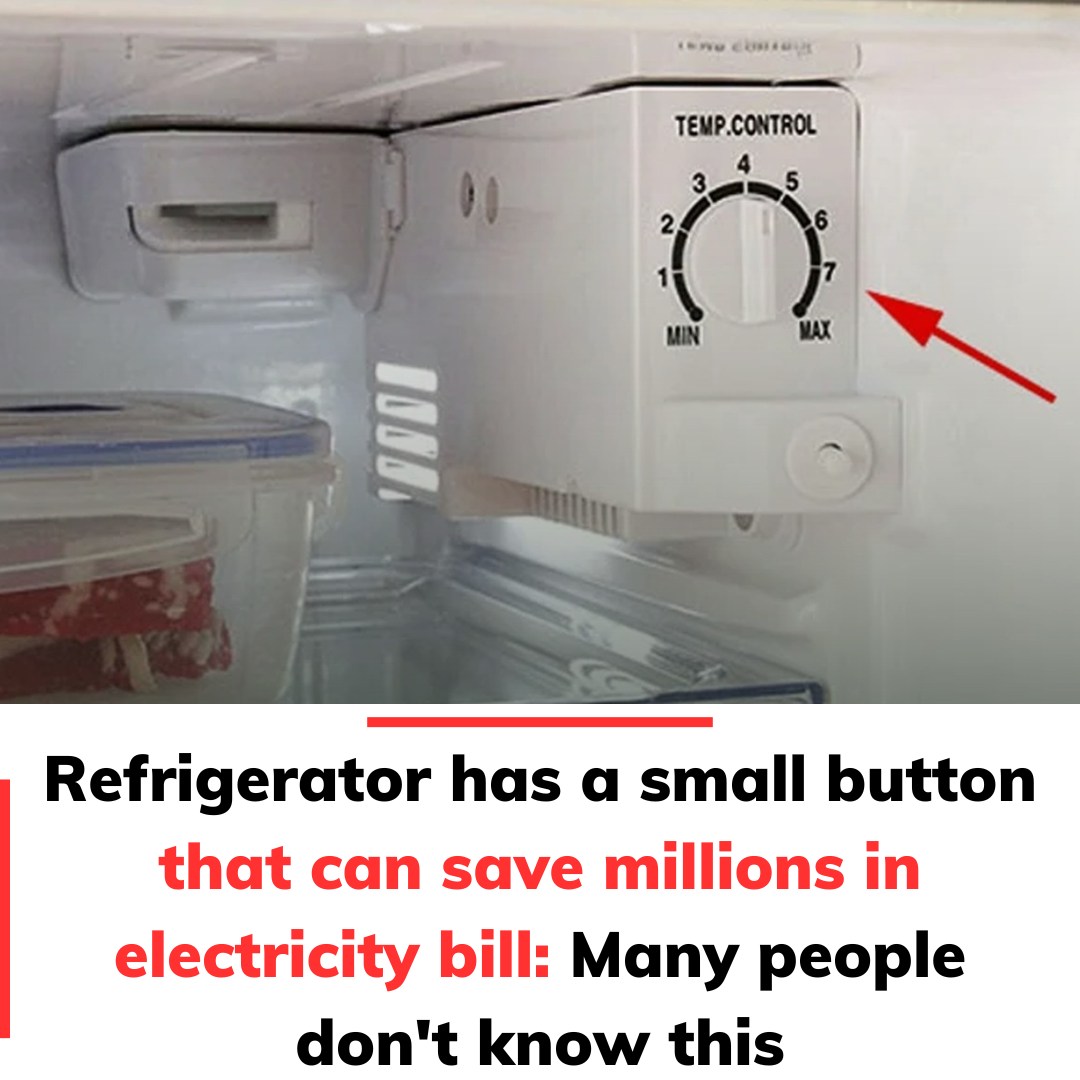Refrigerators are an indispensable part of every modern home, tirelessly running 24/7 to keep our food fresh and safe. However, they also rank among the most energy-intensive appliances in any household, consuming significant amounts of electricity every month. With energy bills steadily rising, every little bit of savings matters. What many people don’t realize is that a small adjustment to your refrigerator’s settings during the winter months can make a noticeable difference in your electricity consumption. It’s a simple, often-overlooked trick, but its effectiveness is undeniable.

Let’s explore how refrigerator temperature settings impact energy efficiency, uncover the key adjustment for winter savings, and dive into additional energy-saving tips to maximize efficiency without sacrificing food freshness.
How Refrigerator Temperature Affects Energy Consumption
According to energy consumption reports, a standard refrigerator uses between 50–75 kWh per month, placing it among the top three energy-consuming appliances in most homes, alongside electric stoves and water heaters.
Refrigerators are designed to maintain a consistent internal temperature year-round, but the surrounding climate plays a significant role in their efficiency. During hot summer months, your fridge works overtime to maintain its cool temperatures. In contrast, winter’s cooler ambient air reduces the strain on your appliance, creating an opportunity to optimize its performance.
This is where your refrigerator’s temperature control settings come into play.
Adjusting Refrigerator Temperature in Winter
Most modern refrigerators feature temperature settings that typically range from 1 to 5 or 1 to 6. In summer, many people set their refrigerators to the highest cooling levels to combat the heat. However, when winter arrives, you can safely lower these settings without risking food safety.
Recommended Winter Temperature Settings:
- Refrigerator Compartment: Level 1 or 2 (35–41°F or 2–5°C)
- Freezer Compartment: Maintain at approximately -18°C (0°F)
Adjusting your refrigerator settings in this way reduces strain on the compressor, helping it run more efficiently. This small tweak can noticeably lower your monthly energy bills while keeping your food perfectly fresh.
Additionally, your refrigerator’s energy needs depend on how much food you store:
- Light Load: Lower cooling settings are generally sufficient.
- Heavy Load: Higher cooling levels may still be necessary for consistent cooling across compartments.
Additional Tips to Save Energy with Your Refrigerator
While adjusting the temperature is a great start, there are other energy-saving habits you can incorporate into your daily routine to further optimize your refrigerator’s performance.
1. Place Your Refrigerator in the Right Spot
The location of your refrigerator significantly impacts its efficiency.
- Keep it away from heat sources like ovens, stoves, or microwaves.
- Ensure there’s at least 4 inches of space between the back of the refrigerator and the wall for proper ventilation.
- Avoid placing it in direct sunlight.
Proper placement prevents your refrigerator from overworking to compensate for heat, extending its lifespan and reducing energy costs.
2. Don’t Overload Your Refrigerator
Overpacking your refrigerator blocks airflow, causing it to work harder to maintain consistent temperatures. Instead, aim for moderate stocking to allow air to circulate freely.
3. Limit Door Openings
Every time you open the refrigerator door, cold air escapes, and the compressor must work harder to restore the temperature. To minimize energy loss:
- Plan ahead before opening the door to grab everything you need at once.
- Avoid leaving the door open for extended periods.
4. Check Door Seals Regularly
Worn-out or damaged door seals let cold air leak, causing your refrigerator to overcompensate by running longer. Periodically check your seals and replace them if they’re loose or cracked.
5. Perform Regular Maintenance
- Clean the refrigerator coils every six months to ensure efficient heat dissipation.
- If your refrigerator isn’t frost-free, defrost it regularly to prevent ice buildup, which reduces efficiency.
Why These Adjustments Matter
These small yet effective changes might seem minor on their own, but together, they can lead to substantial energy savings over time. Lowering your refrigerator’s cooling settings in winter, combined with mindful usage habits and regular maintenance, not only reduces your electricity bills but also helps your appliance last longer.
Beyond financial savings, these habits contribute to environmental sustainability by minimizing unnecessary energy waste. Every kilowatt-hour saved reduces strain on the power grid and lowers carbon emissions.
Embrace Energy-Efficient Habits
Optimizing your refrigerator’s energy efficiency isn’t rocket science—it’s about being mindful of temperature settings, placement, and daily habits. The benefits are twofold: you’ll save money on your utility bills and reduce the environmental footprint of your household.
It’s also worth noting that refrigerators are long-term investments. Taking care of them with regular maintenance and proper settings ensures they’ll continue running efficiently for years to come.
Final Thoughts
Your refrigerator is one of the most important appliances in your home, but it doesn’t have to be one of the most expensive to run. By adjusting the temperature settings during winter, being strategic about its placement, and adopting good habits like limiting door openings and maintaining seals, you can make a significant impact on your energy consumption.
Take a few minutes today to check your refrigerator’s temperature settings, clean its coils, and inspect the door seals. These simple steps can lead to noticeable savings on your next electricity bill.
If you found these tips helpful, don’t keep them to yourself. Share them with family and friends because energy savings are most effective when everyone works together. Small actions, when multiplied, can lead to big results—for your wallet and the planet!





